The key to improving productivity and reducing labor dependence
Speaking at the opening ceremony of the AI and Digital Transformation in Textile Industry Workshop organized by the Korea Institute of Industrial Technology in collaboration with the Vietnam Textile and Apparel Association on the morning of November 19, Mr. Chu Viet Cuong, Acting Director of the Center for Industrial Development Support, Department of Industry, Ministry of Industry and Trade, said that automation is becoming an inevitable path. Solutions such as digitizing production lines, AI-based automatic cutting systems or smart production lines are no longer options but are decisive factors in competitiveness. With pressure on labor costs and fluctuations in the global supply chain, businesses that fail to transform will increasingly be pushed behind.
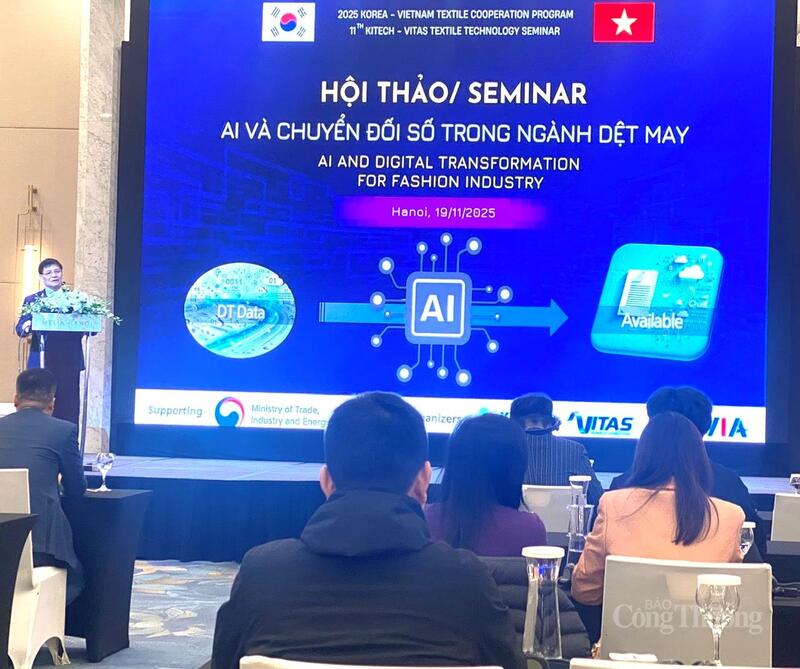
Mr. Truong Van Cam - Vice President of Vietnam Textile and Apparel Association spoke at the Workshop. Photo: Hai Linh
For the textile industry, digital transformation helps businesses improve productivity and production stability, reduce error rates, optimize raw materials and shorten product time to market.
“ At today’s conference, many experts and businesses will share “hot” topics, such as smart manufacturing, applying Big Data to forecast demand, optimizing inventory and reducing operating costs. These are practical tools for the Vietnamese textile and garment industry to maintain growth momentum in the context of fierce international competition ,” Mr. Chu Viet Cuong informed.
Dual transformation to sustain the market
In addition to digital transformation, green transformation is also identified as an inseparable direction. AI technology in 3D design, product lifecycle management, traceability and production data analysis are gradually becoming the conditions for the fashion industry to meet circular standards and reduce emissions.
At the workshop, Mr. Truong Van Cam, Vice President of the Vietnam Textile and Apparel Association, also emphasized that pressure on environmental standards, social responsibility and requirements for supply chain transparency from major markets forced the Vietnamese textile and garment industry to change.
Sharing more about the Korean partner with the Vietnamese textile and garment industry, Mr. Truong Van Cam added that Korea is currently one of the major foreign investors in the industry. By the end of 2024, Korean enterprises had invested over 90 billion USD in the Vietnamese economy . Of which, the textile and garment sector recorded about 30 billion USD in total foreign investment, with Korean investment capital accounting for about 6 billion USD and more than 1,000 projects.

Workshop on AI and digital transformation in the textile industry. Photo: Hai Linh
“ These figures reflect the importance of international cooperation in technology transfer, investment in modern factories and development of sustainable supply chains ,” added a representative of the Vietnam Textile and Apparel Association.
Vietnam's textile and garment industry has undergone impressive growth, with export turnover increasing by times, and by 2025 the industry is expected to reach about 46 billion USD. However, to maintain and increase export value, quality, sustainability and technological innovation capacity are required.
The Industrial Development Support Center is identified as the technical focal point in the process of supporting businesses from consulting, connecting international experts to promoting pilot production models. Mr. Chu Viet Cuong also emphasized that the Ministry of Industry and Trade is committed to accompanying textile and garment enterprises, creating conditions for access to advanced technology and supporting green and digital transformation. The goal is not only to improve productivity but also to help businesses meet environmental, labor and social responsibility standards of export markets.
The Vietnam Textile and Apparel Association also affirmed the important role of FDI capital, especially from Korea, in providing financial resources and technology transfer. The association representative stated that cooperation programs, training courses and pilot projects proposed by Korean partners have directed businesses to solutions to reduce costs, increase production efficiency and apply digital technology. These cooperative efforts are considered important factors helping the textile and garment industry grow strongly in recent years.
At the workshop, Korean and Vietnamese experts also discussed in detail the roadmap for applying digital technology in different conditions of enterprises from small and medium-sized enterprises to large export manufacturers. Practical experience shows that effective steps often start with simple, cost-effective solutions, then gradually expand to more integrated and automated systems. The choice of technology partners, financial methods and technical support policies from state agencies are key factors for successful transformation.
By 2025, the textile and garment industry is expected to reach 46 billion USD in export turnover. This figure demonstrates the efforts of businesses in investing in applying advanced technology to transform digitally, improve productivity and product quality.
Source: https://congthuong.vn/bo-cong-thuong-dong-hanh-voi-doanh-nghiep-det-may-chuyen-doi-so-431062.html





![[Photo] The Standing Committee of the Organizing Subcommittee serving the 14th National Party Congress meets on information and propaganda work for the Congress.](https://vphoto.vietnam.vn/thumb/1200x675/vietnam/resource/IMAGE/2025/11/19/1763531906775_tieu-ban-phuc-vu-dh-19-11-9302-614-jpg.webp)




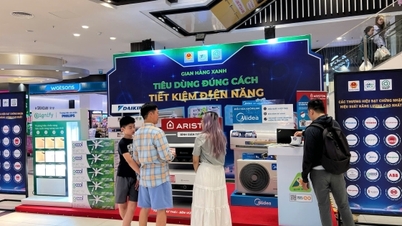
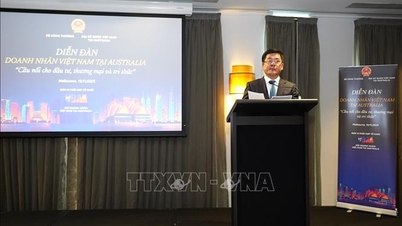


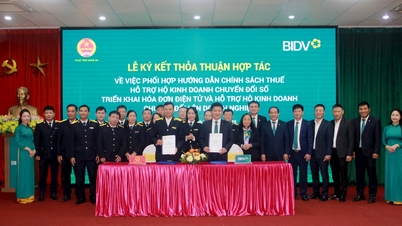



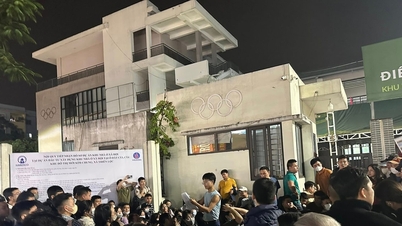




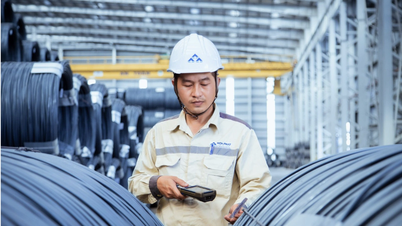












![[Photo] Prime Minister Pham Minh Chinh and his wife meet the Vietnamese community in Algeria](https://vphoto.vietnam.vn/thumb/1200x675/vietnam/resource/IMAGE/2025/11/19/1763510299099_1763510015166-jpg.webp)
![[Photo] General Secretary To Lam receives Slovakian Deputy Prime Minister and Minister of Defense Robert Kalinak](https://vphoto.vietnam.vn/thumb/1200x675/vietnam/resource/IMAGE/2025/11/18/1763467091441_a1-bnd-8261-6981-jpg.webp)












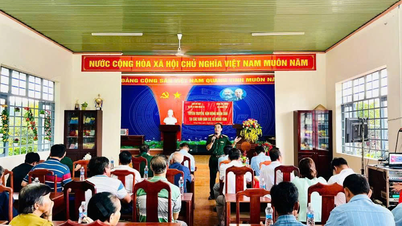














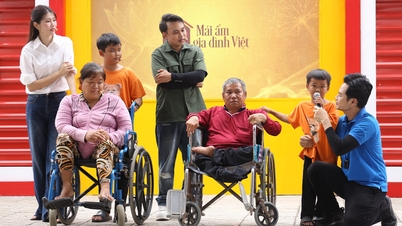

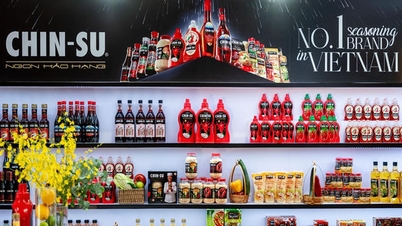
























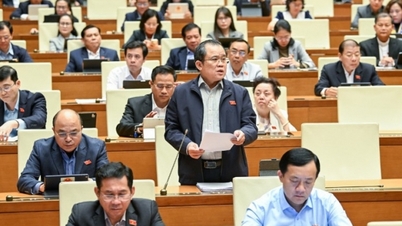

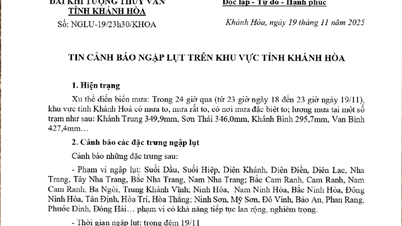


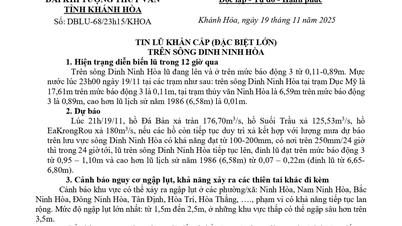
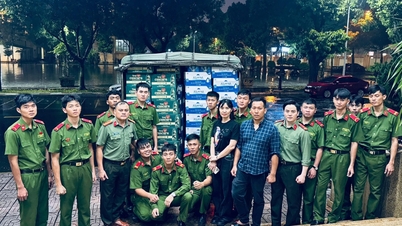

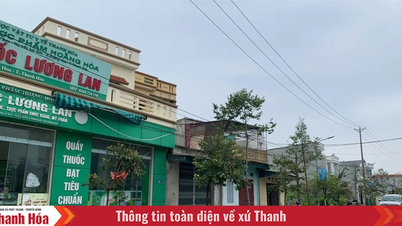












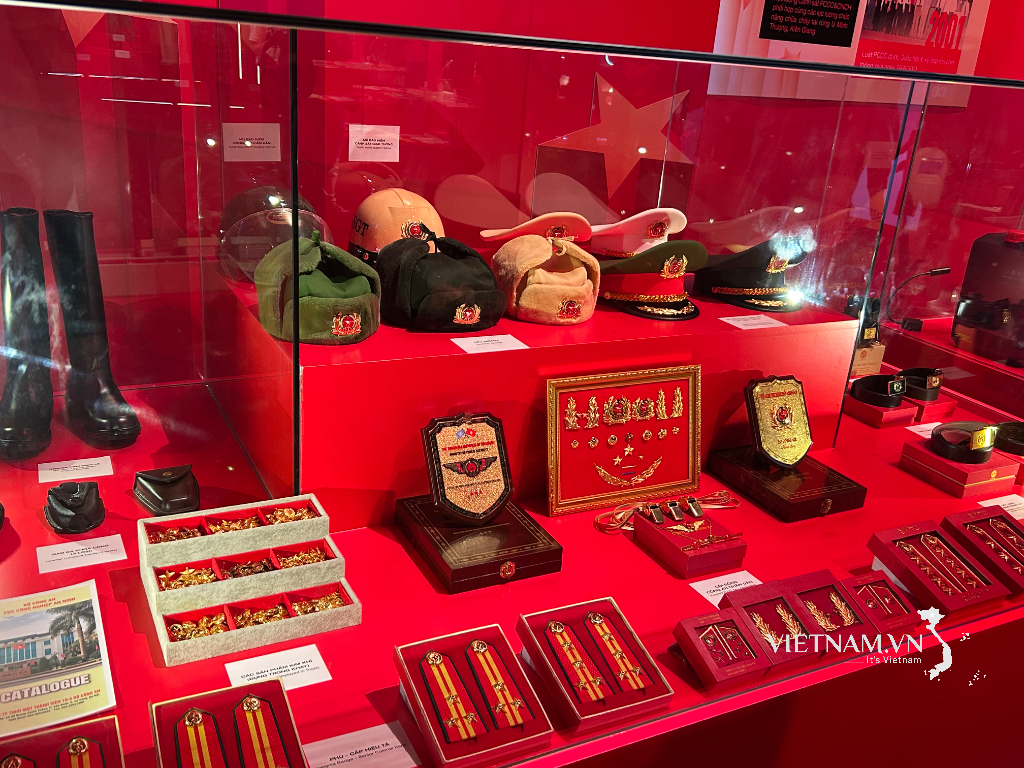


Comment (0)